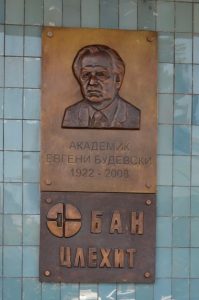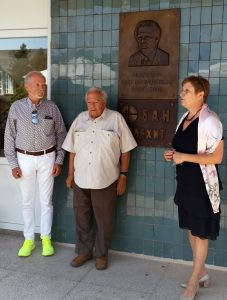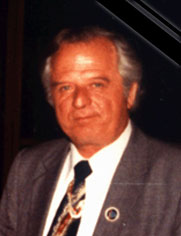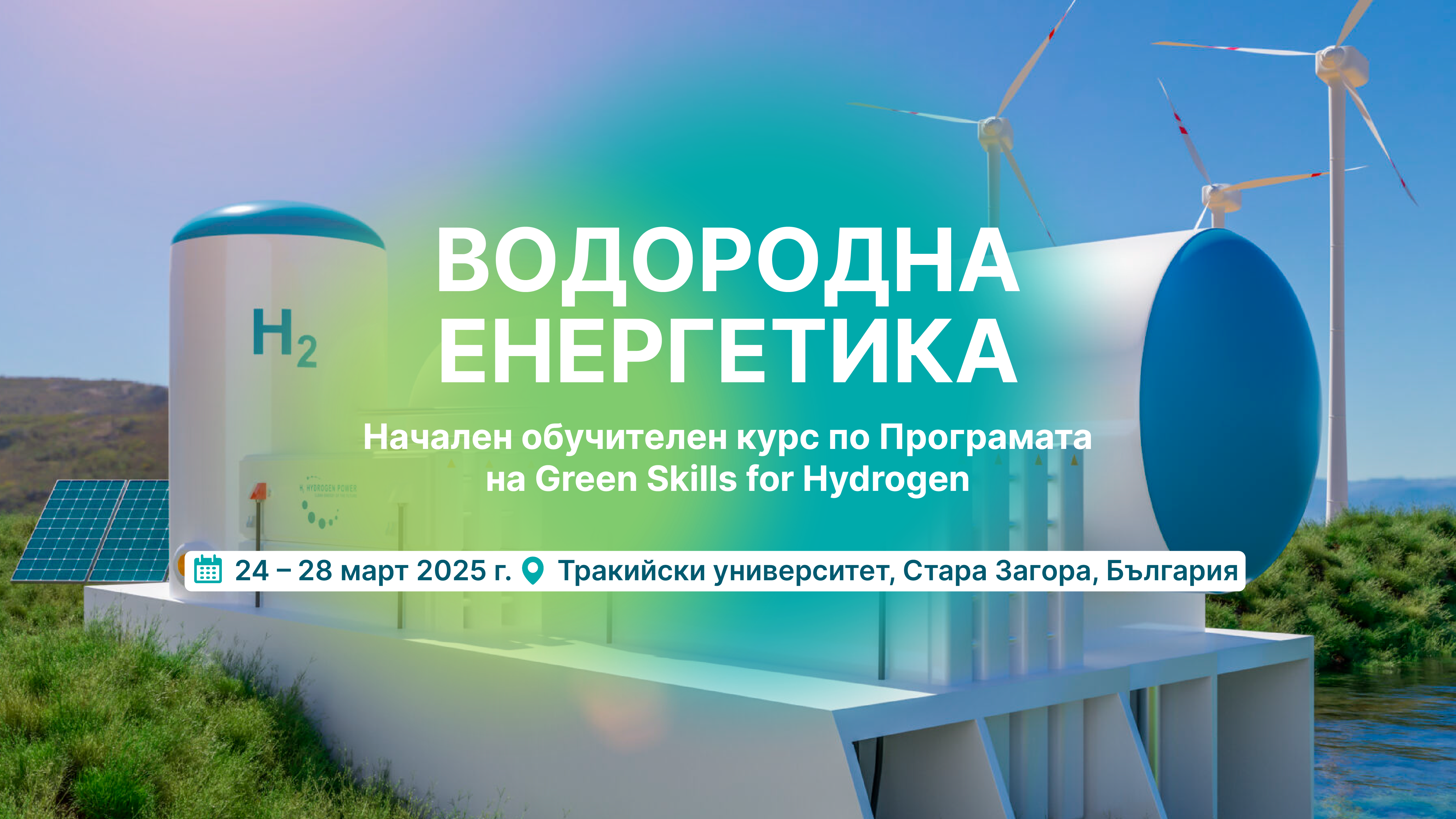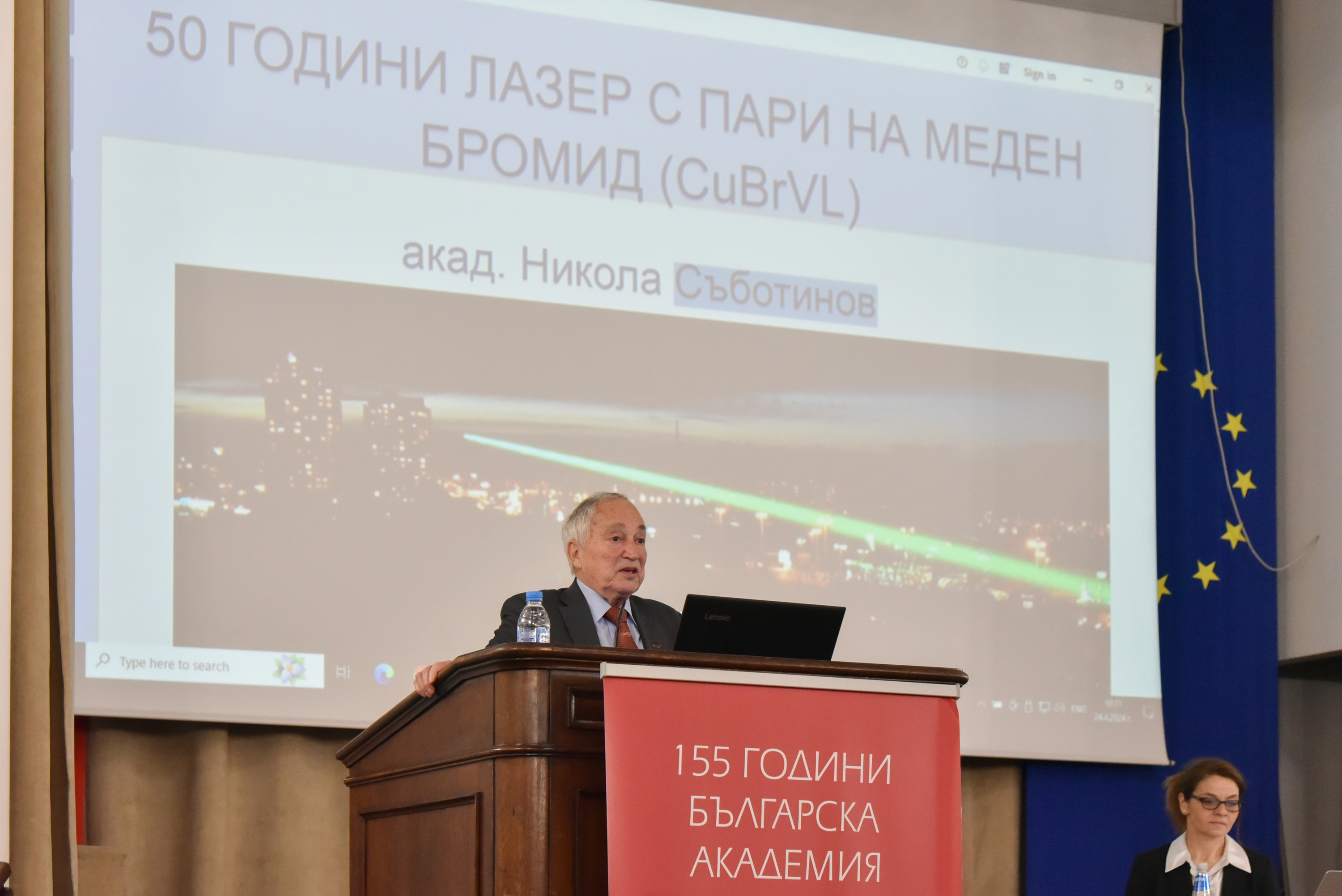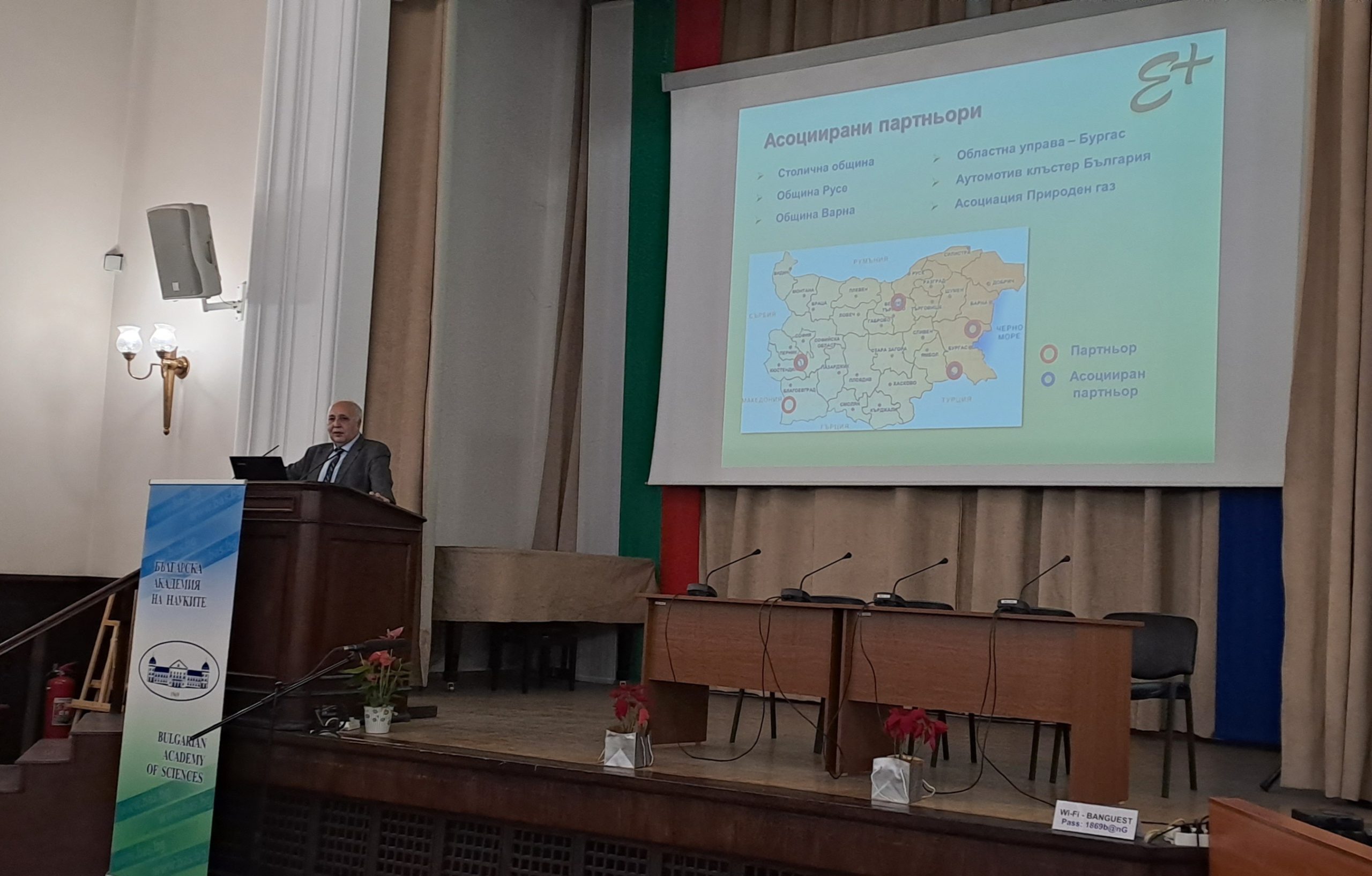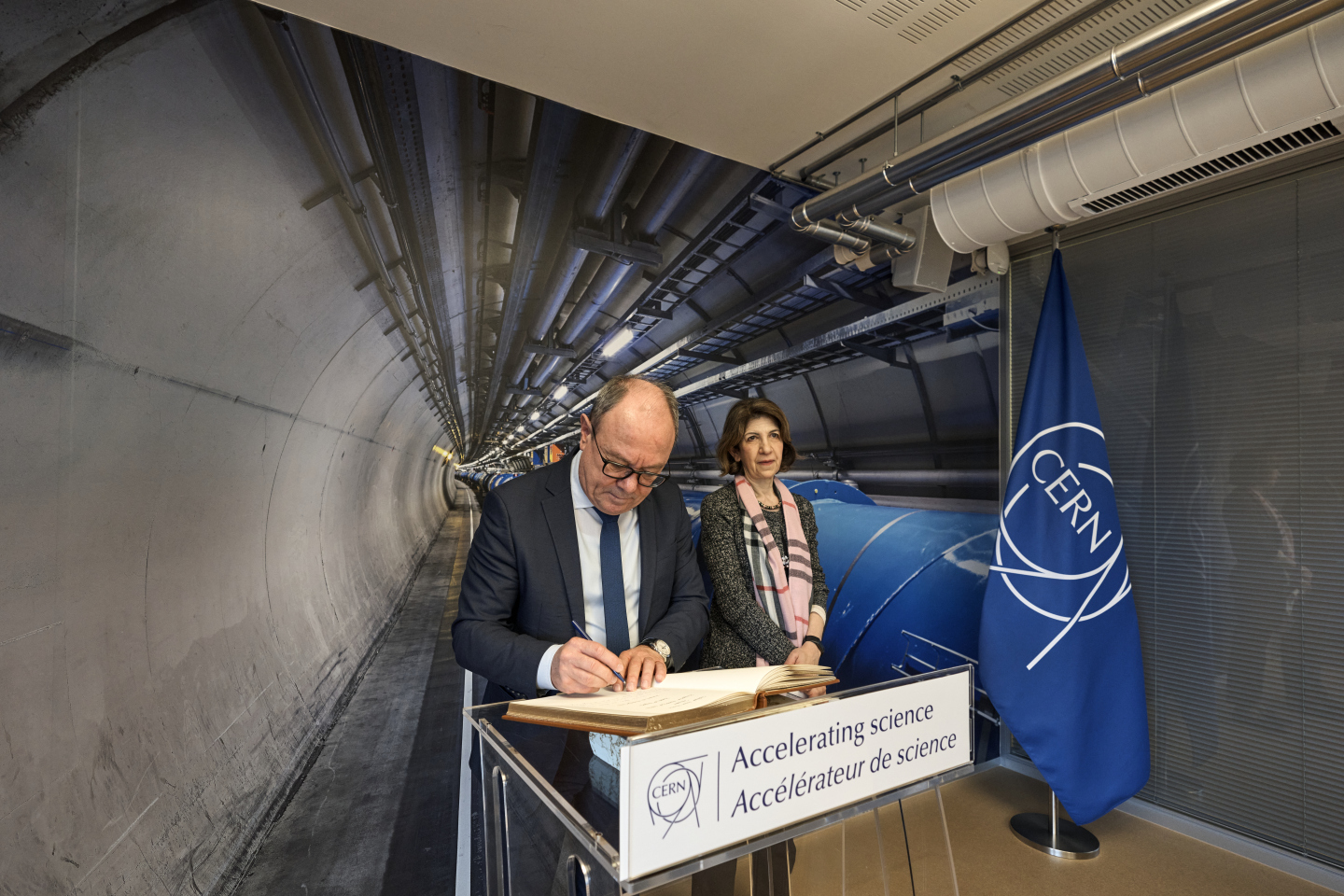As a sign of deep gratitude to their patron, Acad. Evgeni Budevski, on the day of 100 years since his birthday – 29 July 2022, the team of the Institute of Electrochemistry and Energy Systems of BAS (IEES-BAS) organized a ceremony for the unveiling of his memorial tablet.
In her commemorative address Corr. Mem. Evelina Slavcheva, Director of IEES-BAS, alumnus and follower of the work of Acad. Budevski, spoke about the charming leadership traits of the founder and long-time director of the Central Laboratory of Electrochemical Power Sources – CLEPS (now IEES-BAS). Owing to them, many teams of the unit have achieved world-recognized successes in various fields of electrochemical basic and applied science. As a brilliant scientist himself, he has left a rich legacy of scientific publications and applied developments in the fields of electrocrystallization of metals, electrochemical power sources and hydrogen technologies with significant impact in the scientific world.
The memorial composition with a bas-relief of Acad. Budevski, located on the facade of IEES-BAS, is the work of sculptors Krasimir Krastev – Lomski and Marin Markov. It was made with the financial support of Assoc. Prof. Dr. Borislav Velikov, one of the first graduates of Acad. Budevski and member of the Board of Trustees of BAS.
The event was also attended by Prof. Dr. Omurtag Budevski, brother of Acad. Budevski, his wife Dr. Yordanka Budevska, as well as scientists and employees of the Institute.
Acad. DSc Evgeni Budevski (1922 – 2008)
The scientist and the teacher. His inexhaustible energy captivated everyone.
Evgeny Budevski has been a professor of electrochemistry since 1964. In 1984 he was elected as a corresponding member and in 1995 as an academician of BAS.
World-renowned scientific achievement of Prof. Budevski is the experimental confirmation of the Stransky-Kaishev’s theory of crystal growth with two-dimensional nucleation. The unique experimental technique created by his team allows to study complex electrochemical processes such as subpotential adsorption of own ions, adsorption of foreign ions, impedance of dislocation-free crystal walls, etc. The validity of Frank’s theory was also established by quantitative theoretical calculations of the growth of polygonized helices. Prof. Budevski was part of the team that obtained the world’s first in-situ STM images of individual crystal walls with atomic resolution.
The last years of his scientific activity were devoted to hydrogen technology. He led the team that created the original “Easy Test Cell” to optimize the active materials and electrode structures in these systems.
Leaving a legacy of more than 150 scientific publications and 40 patents with significant impact in the scientific world, the authority of Acad. Budevski in the global electrochemical community is undiminished.


